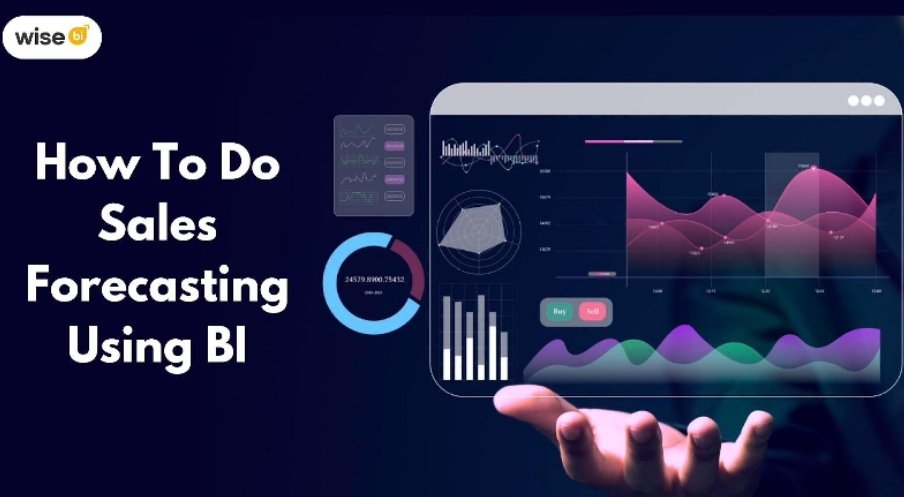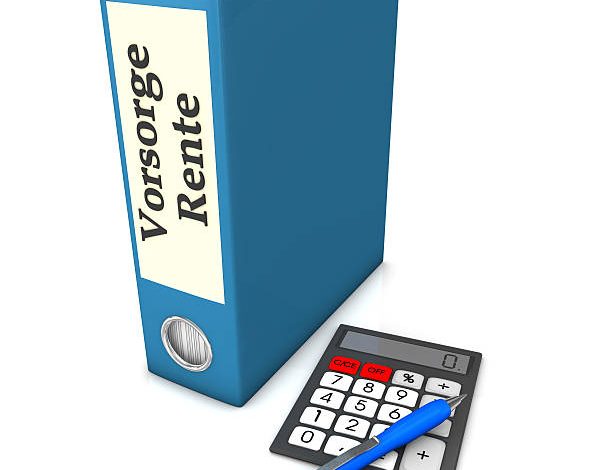
How to do Sales Forecasting using BI
Introduction:
Is sales forecasting a determinant of business success? Can it assist organizations to foresee future trends, effective resource allocation, and make sound decisions? Precisely in the rapidly evolving business environment, is BI more of a necessity than a delight for sales forecasting? Let’s explore sales forecasting with the use of BI tools and discover how businesses can benefit from this technology to reach their goals.
Introduction to Sales Forecasting
Sales forecasting is the process of predicting future sales performance based on previous sales data, market trends, and other influential factors. It enables corporate leaders to identify potential revenue sources, allowing them to allocate resources appropriately and set realistic targets. Nonetheless, traditional forecasting methods based on spreadsheets and human calculations are challenging and vulnerable to errors.
Understanding Business Intelligence (BI)
However, business intelligence refers to using technologies, tools, and techniques to collect, organize, analyze, and report on company data. BI enables firms to translate raw data into relevant insights, allowing for driven by information at all of the company’s levels. BI plays an important role in streamlining and improving the accuracy of the sales forecasting process.
The specific direction of data in Sales Forecasting.
The Data Play a Key Part in Sales Forecasting
Sales forecasting lies in its source data. Reliable and accurate data is the basis for producing insightful forecasts and making decisions that are certainly informed. With a range of types of data including historical sales data, customer demographics, market trends, and economic indicators, BI provides a big picture of sales successes and tendencies. Organizations are now able to tap into the potential of data to bring competitive advantage through knowing consumer preferences, market dynamics, competition, and other factors.
Integration of BI into sales forecasting
Using BI tools within sales forecasting automates the process and makes it work more accurately. The BI platforms possess advanced analytics functionality, intuitive dashboards, and visual annotations through which users learn and obtain useful information that they can use in the future. Organizations can better forecast their needs and effectively allocate resources by applying BI to their sales forecasting processes. This will, therefore, lead to better business outcomes.
Steps of Efficient Sales Forecasting Using BI
Effective sales forecasting using BI involves several essential steps: Effective sales forecasting using BI involves several essential steps:
Data Collection: Start the process by collecting data from both internal and external sources to ensure du due bid of comprehensiveness and the highest possible quality. It will consist of data on everything ranging from historical sales figures and market trends to customer demographics and the aforementioned factors. The dispersal of research is very significant which shows that your research is comprehensive.
Data Analysis: After the data has been gathered, then employing BI tools to sift through the data is the next thing to do, and we can start to explore the data in search of valuable insights. Distribute data tendencies, extract the patterns, and derive actionable insights that will also support the forecast process. Using the latest analytic technologies, including data presentation and analytics, enables us to drill deeper into the data and find insightful and useful information.
Modeling and Forecasting: Now that we are equipped with data analysis results, the next step is to develop models and predictions of sales determined by these trends for the next forecast period. Utilize statistical techniques and predictive models to predict the numbers effectively using the appropriate historical data, market trends, and other parameters. Implement data model solutions to make sure you come up with credible forecasts.
Validation and Refinement: After the forecasts are developed, it is very important to verify them by the use of real sales data to ensure the remodel accuracy. Compare calculated streams with actual sales and highlight any dissimilarities. Tune the models in accordance to obtain higher precision and make sure that they represent the situation of the present time.
Continuous Monitoring and Adjustment: We are not talking about sales forecasting here as a one-time activity but as an ongoing process. Keep your eyes on the sales performance and analyze his forecasts in real-time. Modify the forecasts according to the new data obtained while evaluating the changing market patterns, business dynamics, and any new business intelligence acquired. By this constant process of improvement, the accuracy level of the forecast remains up-to-date and appropriate.
Advantages of Sales Forecasting by BI
Enhanced visibility into revenue analysis: BI provides comprehensive visibility of BI revenue analysis streams, showing businesses key factors affecting revenue growth, helping apply right pricing strategies, and ensuring efficient allocation and area of funds for profitable continuity.
Enhanced accuracy and reliability of forecasts: BI tools utilize advanced algorithms and historical data to offer more accurate forecasts which inally eliminates the errors and gives management more confidence in the decision-making.
Improved decision-making process based on data-driven insights: Through sales data analysis, the app is empowering managers to make well-informed decisions, which enable BI solution platforms to directly or indirectly, pave the way to greater success and plan execution.
Increased efficiency and productivity in forecasting workflows: BI automates such basic processes as ordering, invoicing, and inventory checking while streamlining processes and centralizing data; thus, they can concentrate on strategic matters, which is what increases their productivity.
Better alignment of sales strategies with business objectives: BI allows a right view of the ever-changing market tendencies and consumer habits and creates a sales strategy that truly is in accord with the organization’s objectives.
Greater agility and responsiveness to market changes and trends: Through instant analytics and forecasting mechanisms BI furnishes businesses with the ability to steer quickly with the change in market conditions, turns them into an opportunity taker, and successfully averts risk.
Conclusion
To sum up, sales forecasting with the use of BI is an essential instrument for the sustainable presence of companies in the modern marketplace. Through the application of BI instrumentation, organizations may learn about the market currents and the reactions of their customers, leading to enlightenment in the decision-making process. Blending bi into the forecasting process reduces the error and increases the reliability. Close monitoring and fine-tuning ensure predictions remain valid. In the current business environment, BI is critical, as it enables companies to gain an edge in the market and drive growth in increasingly competitive markets.



